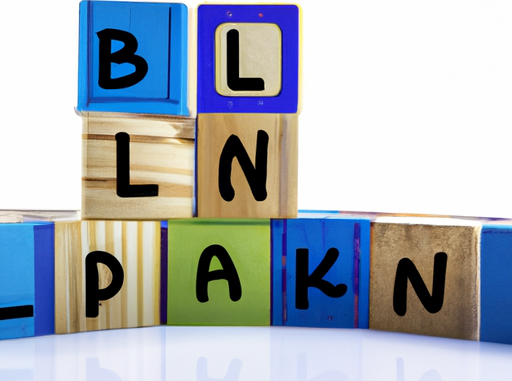
Blended learning, also known as hybrid learning, is an educational approach that combines traditional face-to-face classroom instruction with online learning activities and digital resources. This pedagogical model aims to leverage the strengths of both in-person and digital learning environments to enhance the educational experience. The blended learning framework can be customized to fit various educational contexts, whether in K-12 schools, universities, or corporate training programs, making it a versatile and widely applicable model in modern education.
One significant advantage of blended learning is its ability to offer a personalized learning experience. With online components, students can access a wealth of digital resources, such as videos, interactive simulations, and discussion forums, at their own pace and according to their personal learning styles. This flexibility allows learners to revisit materials as needed and proceed through content based on their comprehension and comfort level. In contrast, face-to-face interactions with instructors and peers provide opportunities for real-time feedback, collaborative learning experiences, and social engagement, which are essential for developing critical thinking and interpersonal skills. By integrating these elements, blended learning can accommodate diverse learning preferences and needs, promoting inclusivity and accessibility in education.
The implementation of blended learning also poses challenges that educators and institutions must address to ensure its success. One critical factor is the need for a robust technological infrastructure and digital literacy among both instructors and students. Institutions must invest in reliable hardware, software, and internet connectivity, while educators must be trained to effectively design and facilitate online learning experiences. Additionally, the success of blended learning hinges on thoughtful course design that seamlessly integrates online and offline components. Educators must strategically plan curricula that balance digital and face-to-face interactions to maximize learning outcomes. Despite these challenges, when executed effectively, blended learning can enhance educational experiences by fostering a more adaptive, engaging, and interactive learning environment.
PhDr. Pavel Bartoš, LL.M., DBA (Evropská akademie vzdělávání / European Academy of education)
Leave a Reply